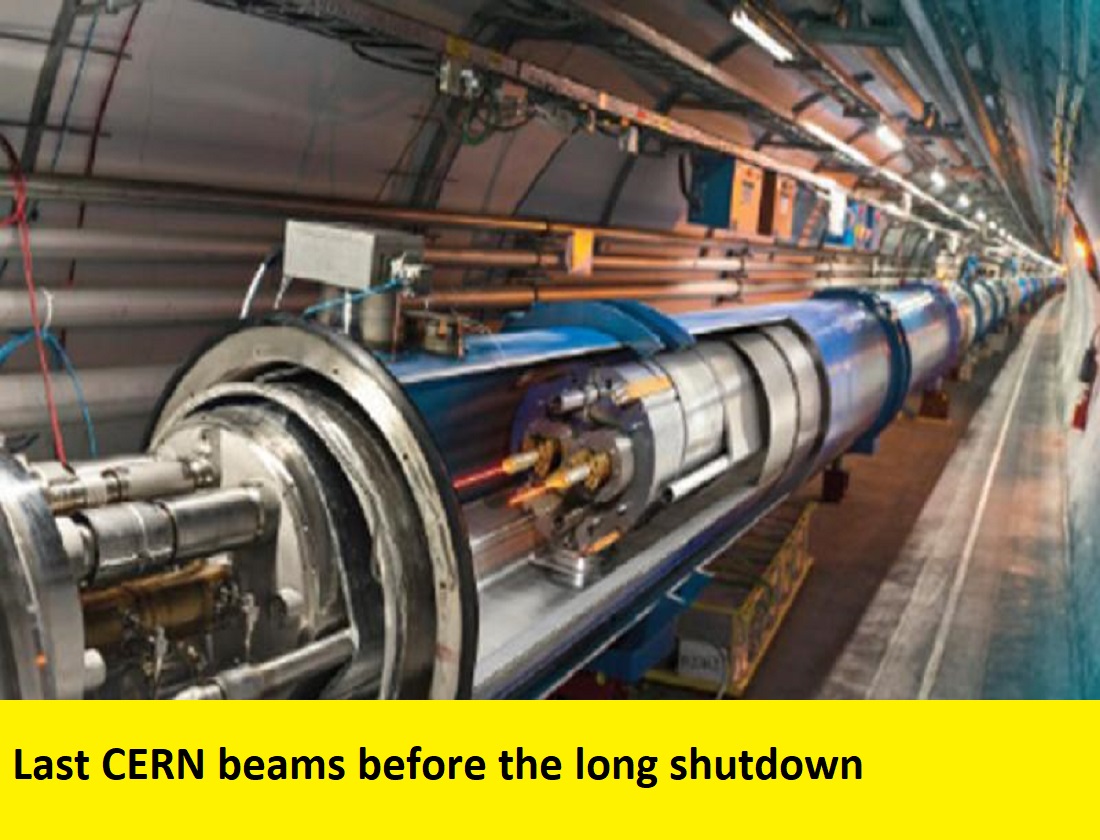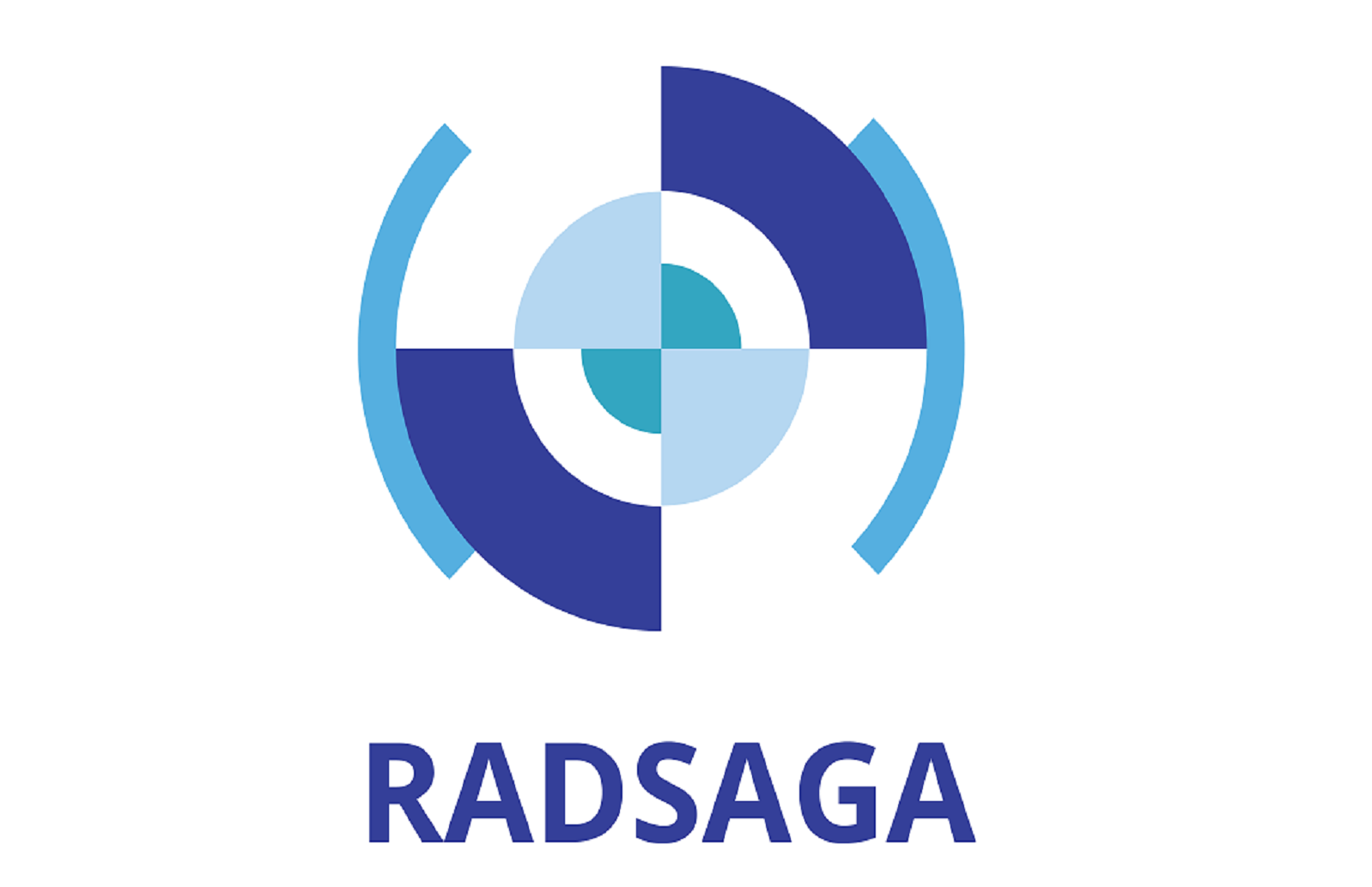Last CERN beams before the long shutdown
October and November 2018 have been packed with experimental activity for RADSAGA students. The aim was to exploit the very last chance to use the beam available at CERN before the long shutdown that will not allow testing electronics in the standard accelerator complex before April 2021. 5 ESRs had experiments in this period, some in the mixed field faclity CHARM, some other with a rare Pb ions beam in two different facilities, CHARM and the SPS North Area H8 beamline.
The standard CHARM mixed field facility crowded schedule didn't prevent ESRs (as well as RADSAGA partners) from performing experiments. Indeed, more than finding space in the beam, the main issue was to fit within the overly crowded control room, where electronic equipment in charge of controlling the device under test was kept.
The first ESR testing at CHARM was Tomasz Rajkowski (ESR12), whose experiment ran on October 3-10. It was a second time for him, as he already participated to the CHARM week back in July. This time, he came with a weakened version of its Point-of-Load DC-DC converter developed by 3DPlus and succeeded in recording some hundreds of Single Event Transients. The DUT was mounted on the overhead conveyer as in the previous July run.
One week later, it was Quentin Croenne (ESR14) who had the chance to test his setup. Its DUT was a Data Acquisition System developed by Zodiac Aerospace for avionics applications. The creation of a test bench for CHARM was certainly a major effort of this test, given the many constraints involved. The system was then installed in positio G0, where it could operate under a mild flux for the entire test week. Data analysis is quite complex and will require some important effort before being completed.
On October 17-24, RADSAGA hosted at CERN a couple of partners for their experiment. The first one was from DLR and it was conducted by Jan Budroweit and Mattis Jaksch. The aim was to test in a space-like radiation environment (attained by testing at the overhead conveyer where the hadron spectra is similar to the proton belt spectra) a Software Defined Radio whose main component was a RFIC from Analog Devices. This chip performed pretty well. It was rather the FPGA controlling the component that had its issues while facing the CHARM mixed field. The experiment also gathered the interest of CERN for possible extensions to wireless data acquisition systems. A second experiment was from STFC and it was conducted by Carlo Cazzaniga. He used a Pin diode with a very fast acquisition system to get measurements of the particles energy deposition signatures in a neutron dominated environment such as the one in G0.
From October 17th to November 11th, Andrea Coronetti (ESR15) tested, on behalf of CNES, the Ninano on-board computer for nanosatellites along with a 3DPlus CMOS camera. The aim of the test being the system level operations and the test of the camera in a space-like environment. During the first two weeks, the test was kept in position G0 due to some setups issues. Later, it was moved to position R5, where the setup could be tested in a space-like environment (with a higher accelerating factor than for the overhead conveyer). The OBC performed quite well, whereas the camera encountered some issues at a very early stage of irradiation.
On November 12th, the proton run at CERN finally ended and will not be restarted before April 2021. Anyway, for three weeks, the CERN accelerator complex was filled with heavy ions. The beam this year was a Pb fully stripped beam that was delivered at two different facilities. The first one was CHARM. In this case the target was removed and the beam was restricted to a certain size as it is for standard heavy ion facilities. The energy of the beam was 6 GeV/n and the flux at each spill was as high as 106 cm-2s-1. This made probably for the harsher heavy ion flux ever achievable, though the LET was limited to about 8 MeV/(mg/cm2). With these beam conditions, the DUT had to be placed exactly in the beam, whose size was in the order of 5-8 cm. A second testing beamline was set up at the Super Proton Synchrotron North Area on the H8 beamline. Here the beam was available for just one week. The Pb ions had an energy of 160 GeV/n with a much lower flux of maximum 103 cm-2s-1. This makes for the most energetic heavy ions that was ever achieved for testing of electronics.
Jialei Wang (ESR5) was the only ESR testing at the North Area. His DUT was the 180nm SRAM-based SEU monitor that has been developed over the past years and tested at multiple facilities. The DUT performed well, but due to the reduced flux not many events could be seen as the memory size is also quite small (20 Kb). The main feature of this monitor is that its physical-to-logical mapping is known, allowing for its use as a radiation in-beam calibration instrument.
Kimmo Niskanen (ESR7) was the first to test at CHARM for four days. He tested multiple wide bandgap Power MOSFETs made from SiC and GaN. Later, Tomasz Rajkowksi (ESR12) came back for testing one day three boards holding two 2D versions of the PoL DC-DC converter (the same configurations tested during the previous runs in mixed field) and one 3D version. Only the weakened unit failed to radiation during the test.
Andrea Coronetti (ESR15)
Here are some pictures from the test campaigns.
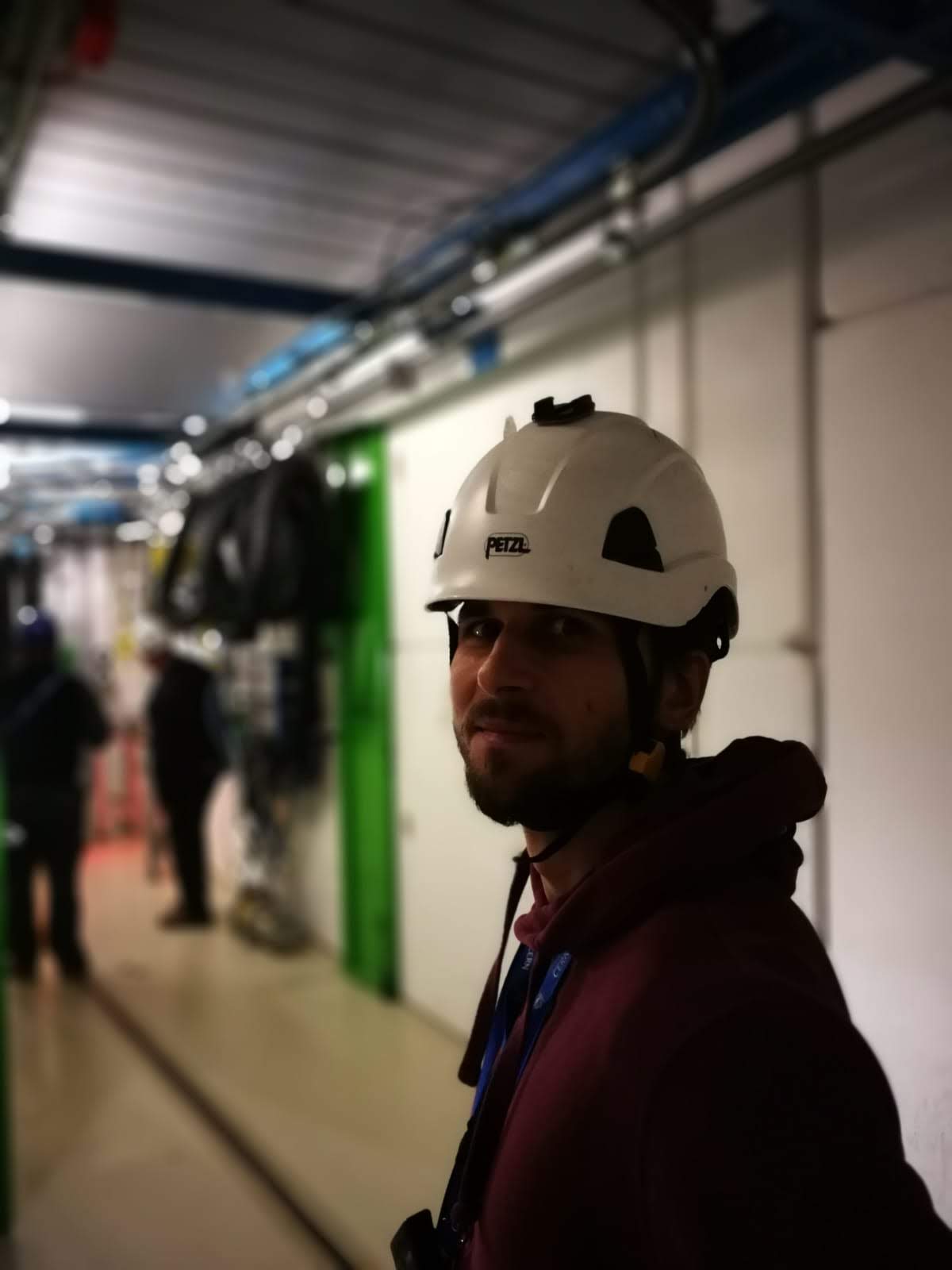
Tomasz Rajkowski during installation inside CHARM (Credit: Nourdine Kerboub).
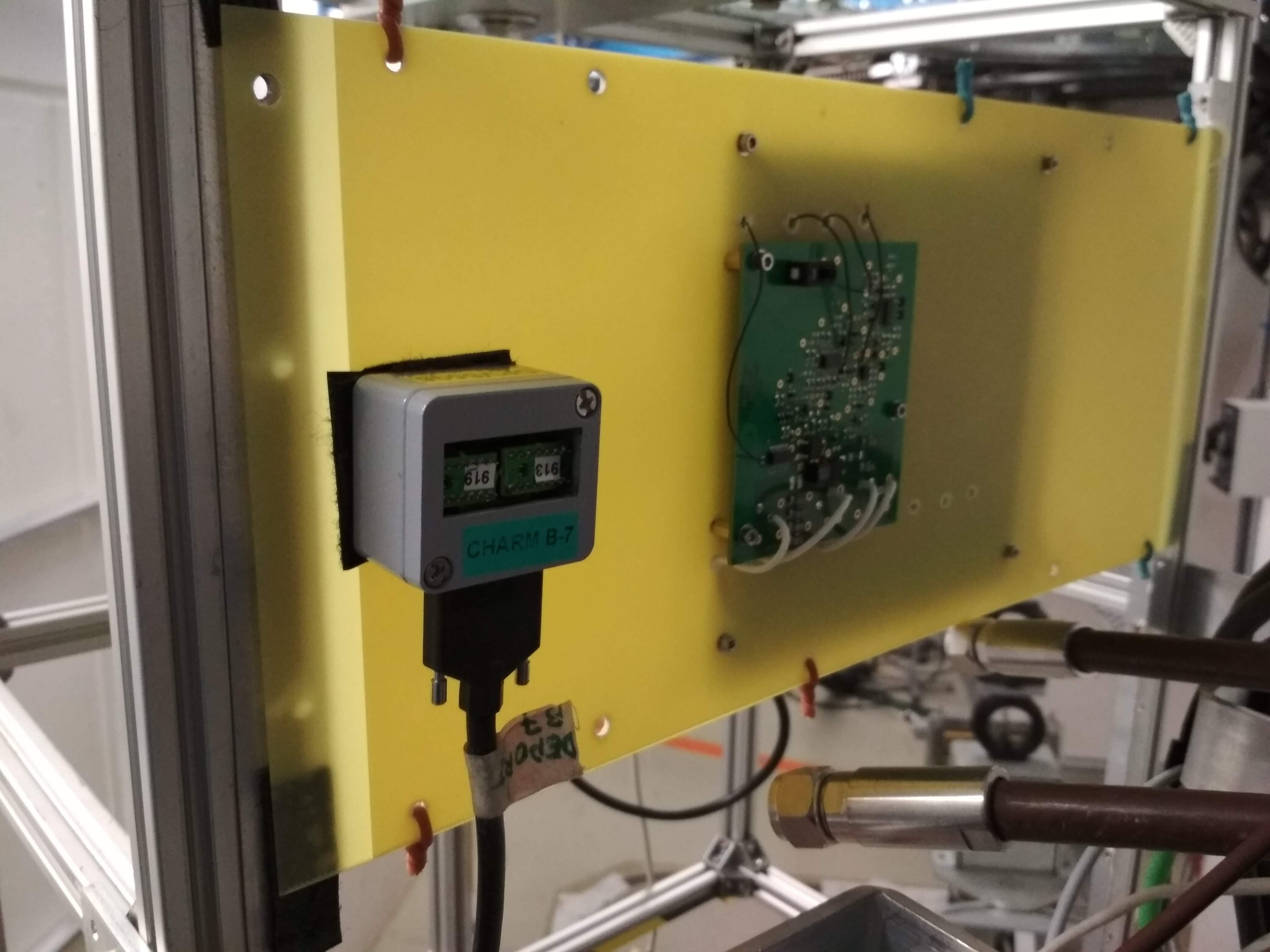
PoL Converter installed on the overhead conveyer (Credit: Tomasz Rajkowski).
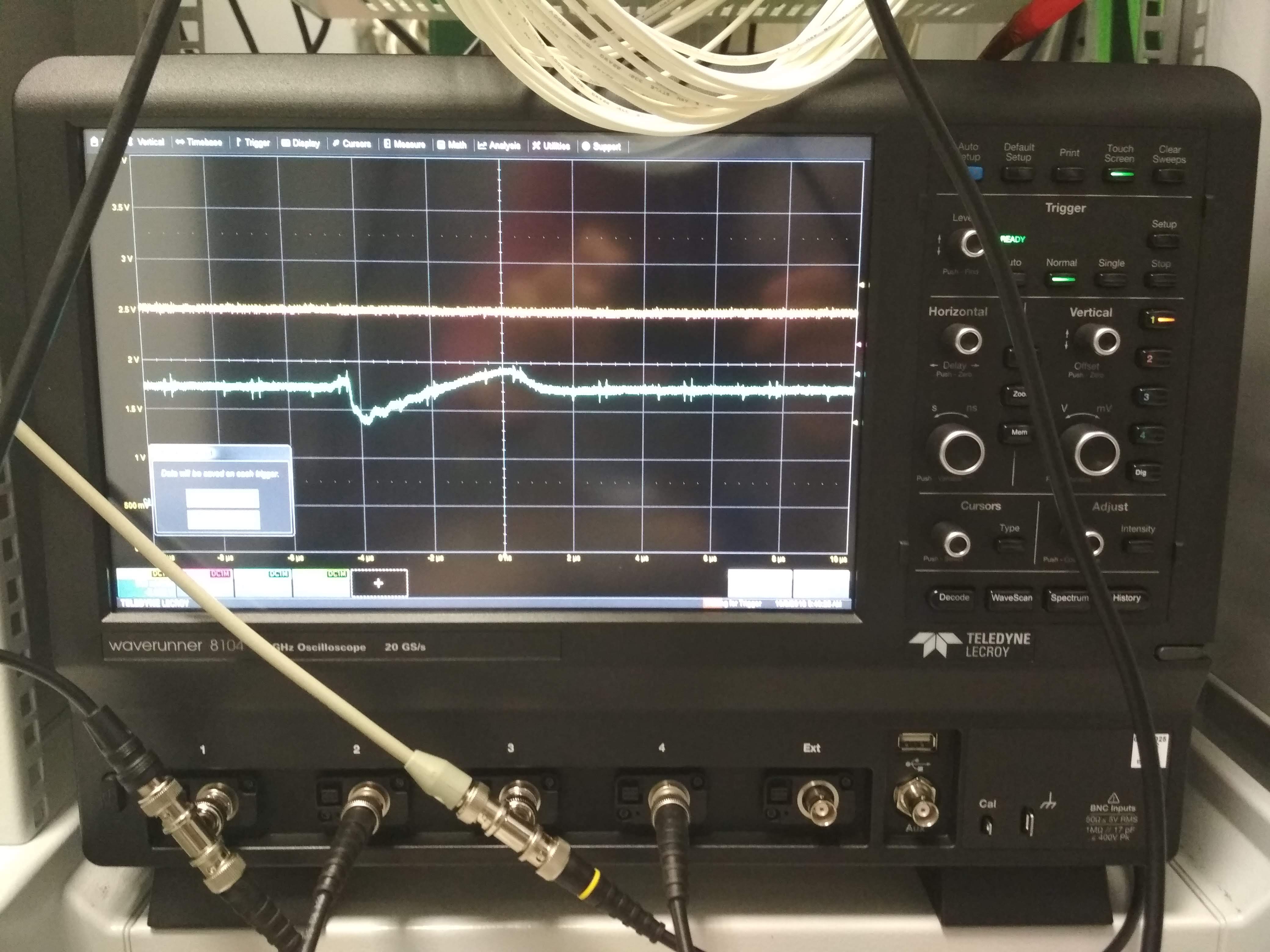
Measurement of a SET on the oscilloscope (Credit: Tomasz Rajkowski).
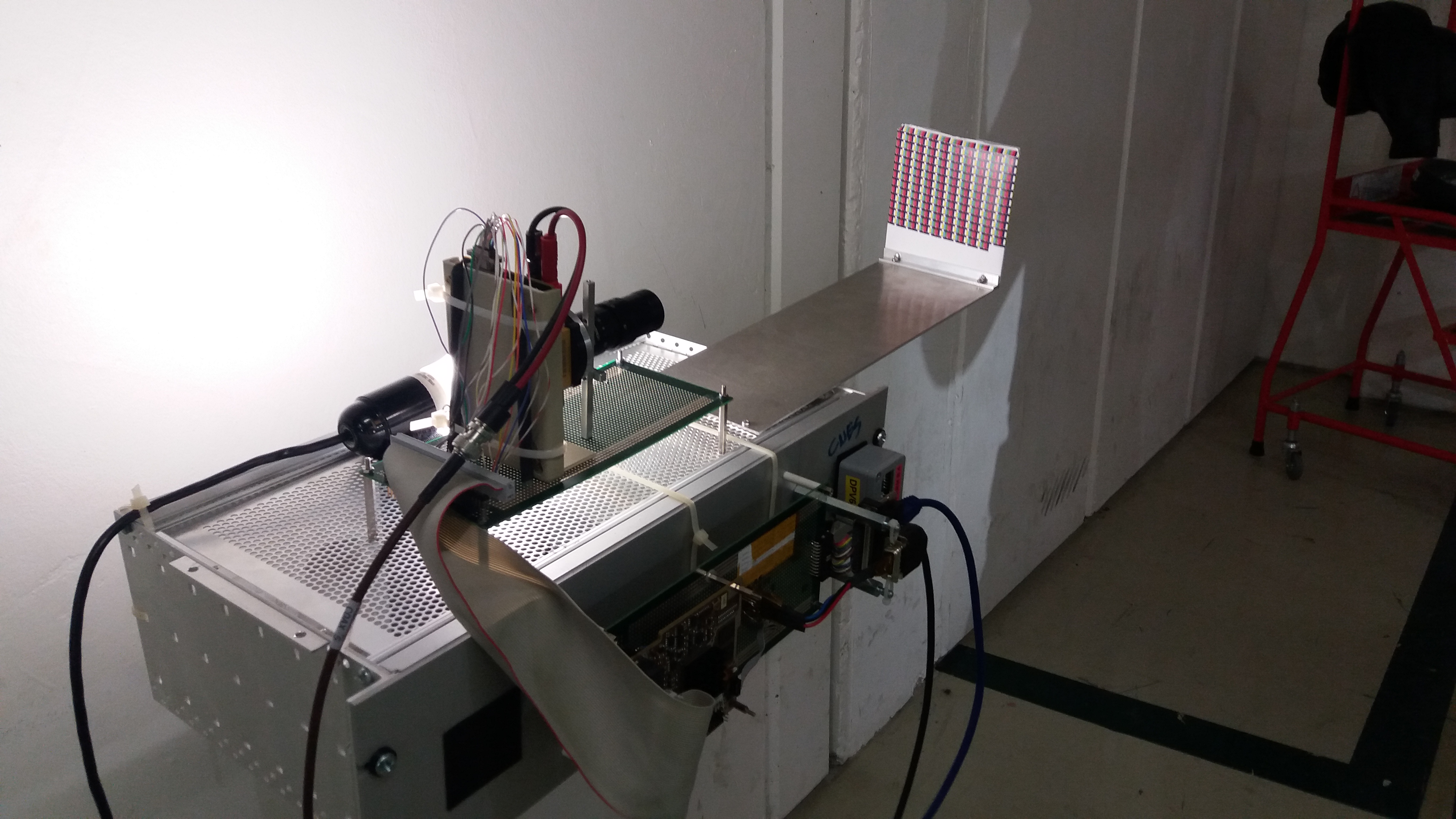
Installation of Ninano setup and camera inside CHARM (Credit: Andrea Coronetti).
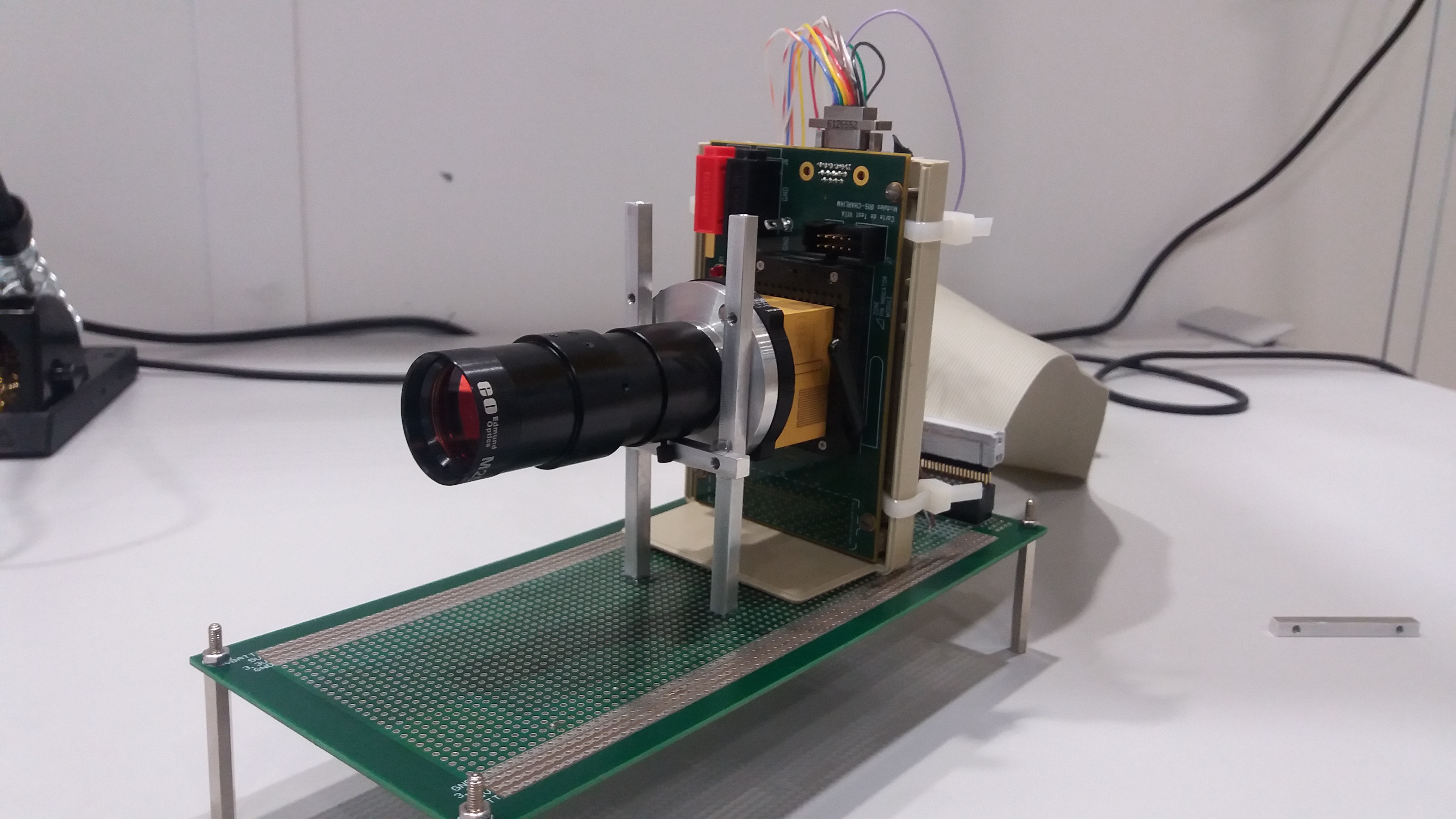
Closeup of the CMOS camera from 3DPlus (Credit: Andrea Coronetti).

Jialei Wang showing he respects safety rules at CERN (Credit: Jialei Wang).
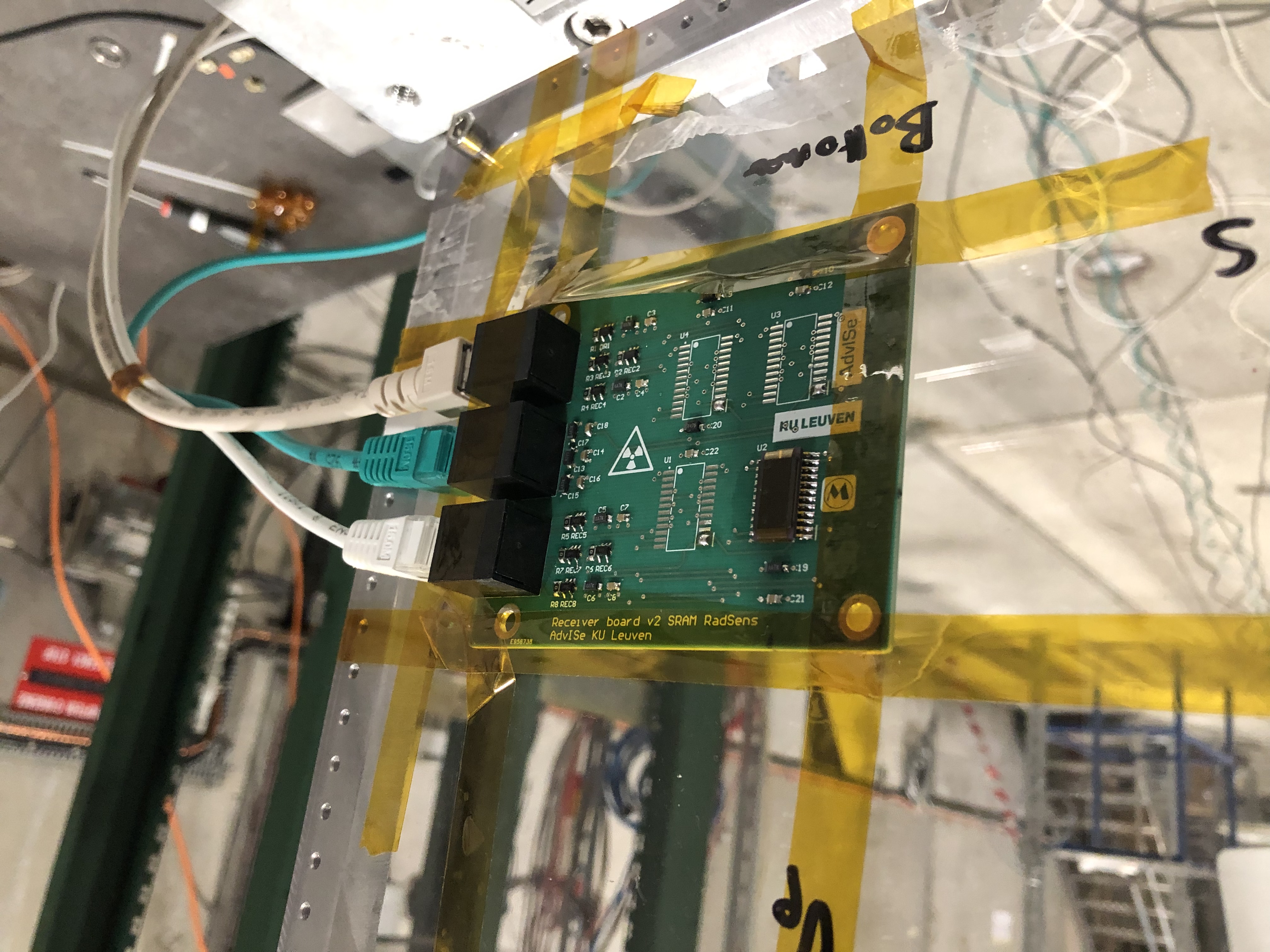
SRAM-based SEU monitor mounted on the H8 beamline (Credit: Jialei Wang).
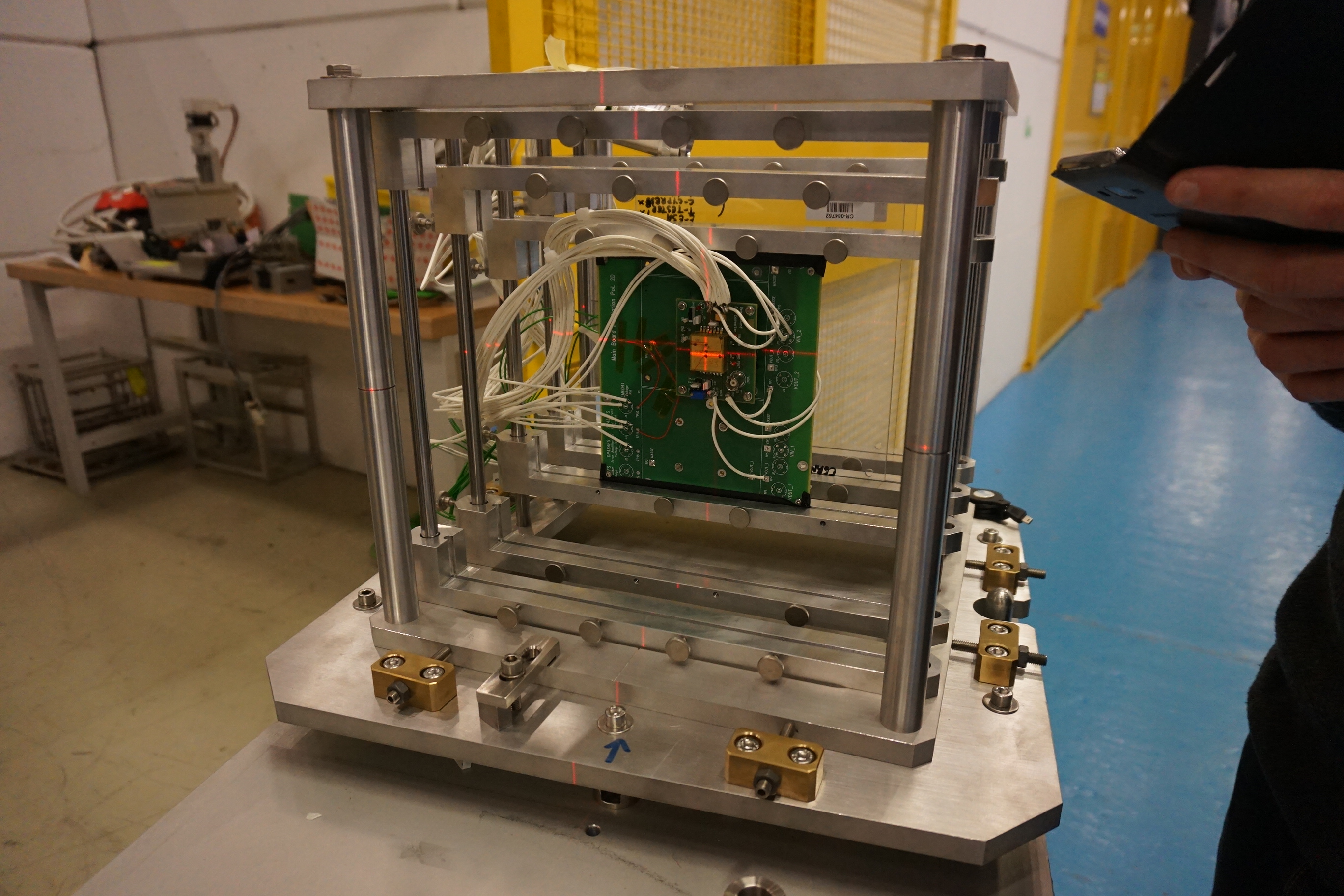
3D PoL board mounted on the Montrac during installation in CHARM (Credit: Tomasz Rajkowski).
